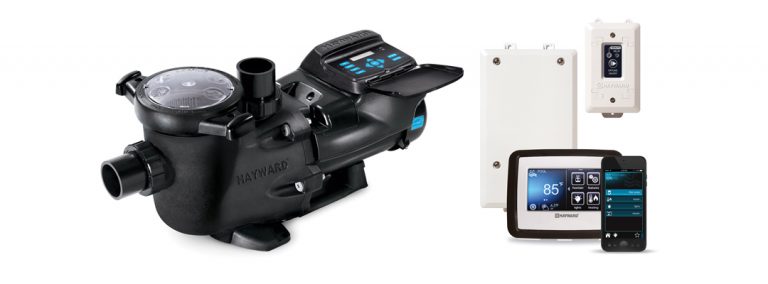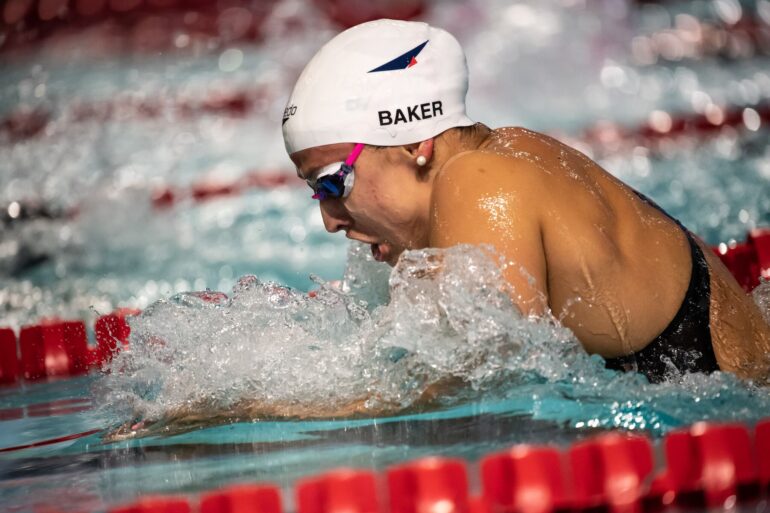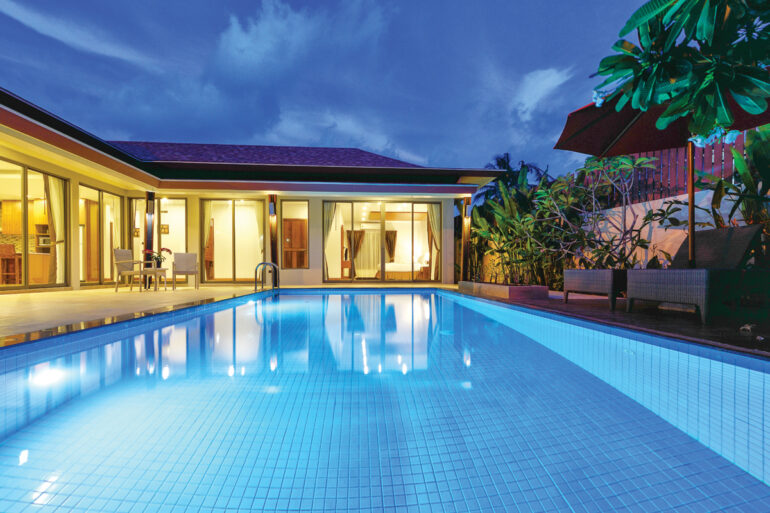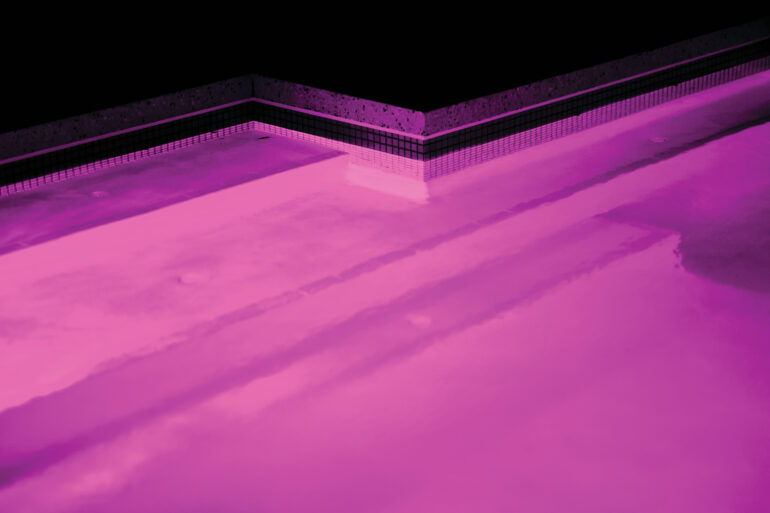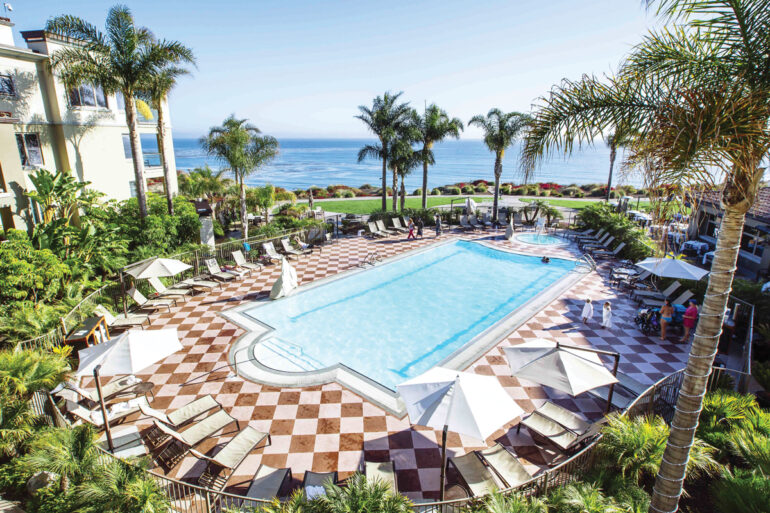Continued Improvements
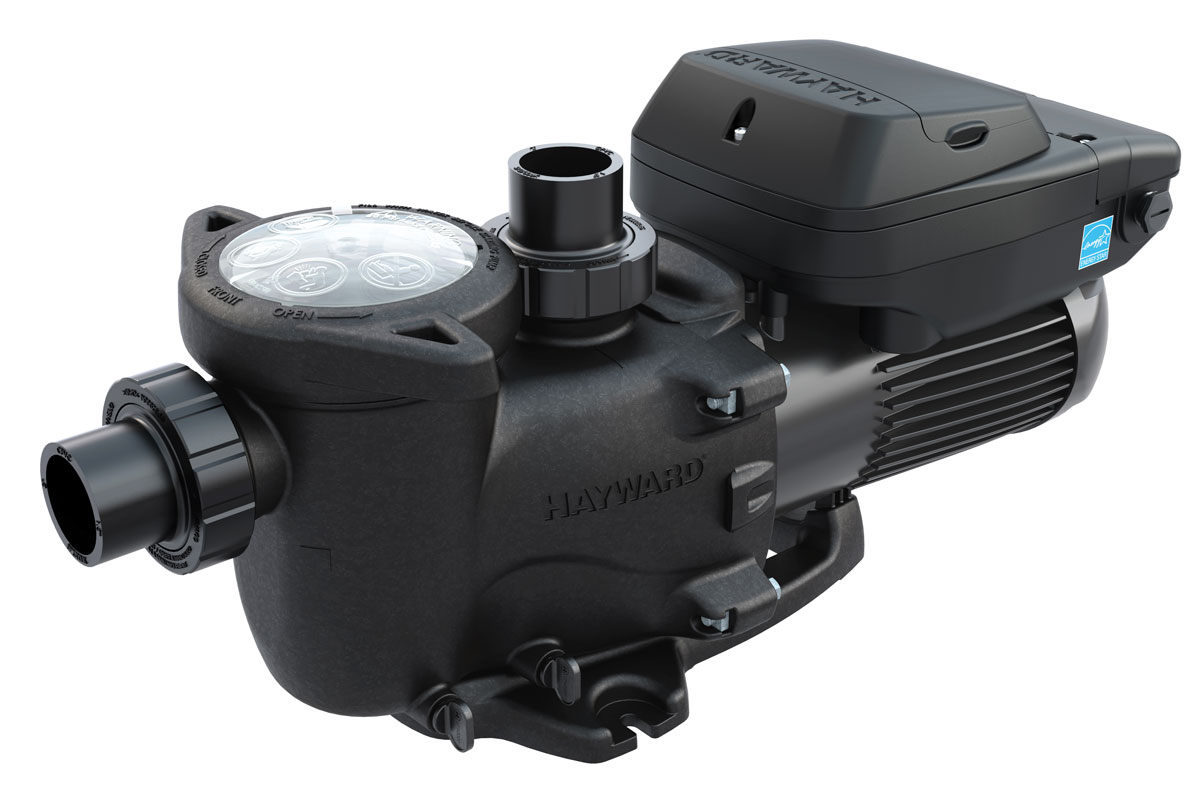
In 2019, New Jersey-based Hayward released the TriStar VS 950 variable-speed pool pump. Over the last two years, it was launched as a Super and MaxFlo pump as well.
The latest iteration of this VSP family — the TriStar VS 900, informally referred to as generation-3 or gen-3 — was made available this October for all of the company’s Expert Line variable-speed pumps in four variations: the TriStar in two sizes, a Super Pump and a MaxFlo.
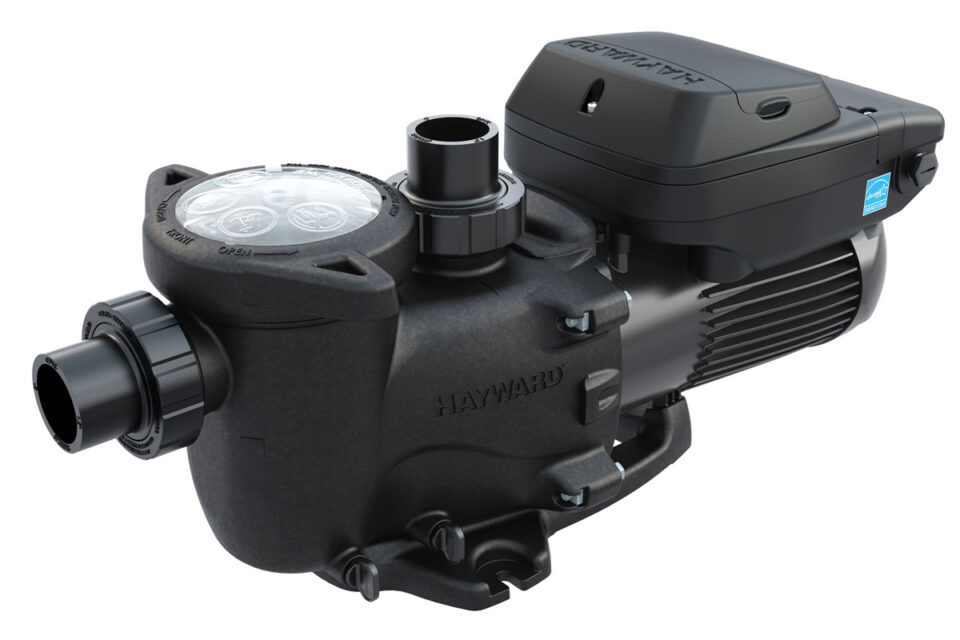
“Our pumps were already extremely efficient,” says Scott Petty, product manager for Hayward. “With this gen-3 design, the model that we’re launching has the highest rated efficiency of any pump listed with ENERGY STAR — it’s the most efficient pump known within the industry as measured by the new Weighted Energy Factor.”
From an installation standpoint, Petty says these VSP models are now dual-voltage, with 230-volt or 115-volt options on the same sku, giving installers flexibility, especially with aftermarket sales. The gen-3 can be wired for installation from the side or back of the unit for added flexibility. The new pumps are also much quieter, with the new motor design providing a 20% to 30% decrease in sound levels over previous iterations.
“We looked at where we could improve on this,” Petty says. “Clearly efficiency is the reason these [pumps] exist. Sound is almost as important. And then, of course, installation. So we really wanted to focus on those areas to deliver a better product.”
Ben Honadel, CEO of Pools by Ben, Inc. in Valencia, California, started selling variable-speed pumps in 2008. He recalls the recession making it hard to sell much of anything, but he sold 1,000 VSPs that year at $19.95 a month until paid in full. “The client saved $80 a month in electricity and had to pay us only $19.95 [monthly],” he says. “They loved it.”
Over the last four years, Pools by Ben has averaged 1,000 VSP installs per year, 90% of which are Hayward pumps. So far this year, Honadel’s company has installed 250 of Hayward’s TriStar 950 pumps and approximately 500 of the MaxFlo 500 pumps. When Petty told him about the TriStar 900, Honadel ordered 50 of them.
“All of our installs are retrofits to existing pools,” Honadel says. “Dual voltage is very convenient. The pump can be installed in any situation — this keeps us from having to carry both versions of the pump on trucks for every install.”
Steven Ward, president and owner of Ward’s Pool Service & Supply in Gilbert, Arizona, says Hayward VSPs have a great user interface “that is easy to understand for the homeowner and the service tech alike. Homeowners love the efficiency of them. As a technician, I love that the Hayward VSP lineup of pumps are easy to program and are installed with union connections, which makes for easy servicing of the pump if necessary.”
[letsinfoup]
Heather McDonald, marketing manager for Hayward, says the Department of Energy’s new Weighted Energy Factor (WEF) provides pool pros with a tool to sell to homeowners through an easier way to understand the efficiency level of a pool pump. Hayward is making an effort to educate consumers about the WEF rating to help them make a better decision and avoid sticker shock, McDonald says.
“It’s very similar to mpg for automobiles or the SEER rating on air conditioning units,” McDonald says. “When you’re shopping for an air conditioning unit, the SEER scale goes from 13 to 22 — 22 being the most efficient air conditioner you can buy. Oftentimes, those more efficient air conditioners have a higher upfront cost, but it gives people a way to sell the total cost of ownership of that air conditioner. That’s exactly what WEF is for pool pumps.”
These changes are big, Petty says. “Not to be overly dramatic, but this is the biggest change to the industry that I’m aware of in my 17 years because it impacts the pump and every pool has at least one pump,” he says. “Otherwise, it’s a pond — that’s the joke. The good news is, the DOE doesn’t actually say ‘thou shalt use variable-speed pumps,’ they just set minimum efficiency requirements. We could put a flux capacitor in there — they don’t care as long as we hit that requirement.”
Hayward sells its pool equipment to pool pros through distributors, but there is still an active connection with the dealer, Petty says. “Our sales team meets with the dealers regularly to educate them on what we have,” he says. “Our tech service team supports them with installation issues if something does arise in the field. So while we may not sell directly to the [pool pro], we certainly have a lot of touch points.”
Honadel says Hayward is a good company to partner with. “Not only do they support us with incentives, but they partner with us and help with some matching funds for marketing,” he says. “They have yearly meetings for Hayward Pro Installers to go over new products, any problems they are having and how to deal with them to make sure our clients don’t feel the problems. For a company to be upfront and honest about an issue with a product is refreshing. It is us in the field that have to solve the clients’ problem, which is much easier when we know in advance and can fix the issue fast.”
Ward concurs that Hayward has a great customer mindset. “Anytime we have had a need for technical help or warranty assistance, we get the help we need in a timely manner,” he adds. “Hayward is clearly a leader in the industry with its commitment to product advancement and support after the sale.”
And Hayward isn’t done yet. “We’re really excited with the start of the 2021 season, to get out there and promote the Hayward variable-speed gen-3,” Petty says. “But we’re not just going to sit on our laurels. We’re going to continue to look at what else we can do to improve efficiency, installation and connectivity with other products.”

